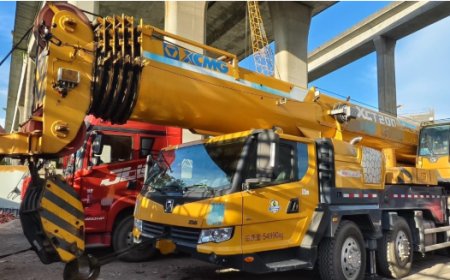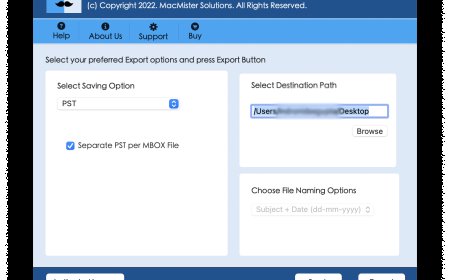The Complete Guide to Tree Pruning: Healthier Trees, Safer Yards
Tree pruning is a smart, proactive way to keep your trees strong, safe, and stunning. Whether you’re cleaning up broken limbs, shaping a young tree, or boosting fruit production, proper pruning pays off. Just remember—timing, technique, and tools matter. And when in doubt, hire a pro.

Tree pruning is the selective removal of branches to improve a tree's structure, health, and appearance. It involves cutting away dead, diseased, or overgrown limbs to guide healthy growth and reduce risks.
Difference Between Pruning and Trimming
Though often used interchangeably, trimming focuses more on aesthetic shaping, while pruning is about health, structure, and safety.
? Benefits of Tree Pruning
Promotes Tree Health
Pruning removes diseased or pest-infested branches, improving airflow and sunlight penetrationkey elements for tree vitality.
Enhances Tree Shape and Appearance
A well-pruned tree looks neat, balanced, and enhances your landscape's beauty. It's like giving your tree a proper haircut.
Improves Safety and Prevents Hazards
Overhanging or weak limbs can be dangerous. Regular pruning reduces the risk of falling branches during storms or strong winds.
Encourages Fruit and Flower Production
Pruning stimulates growth in fruit trees and flowering species, leading to better yields and brighter blooms.
?? Types of Tree Pruning
Crown Cleaning
This involves removing dead, dying, or diseased branches. Its basic maintenance that benefits tree health.
Crown Thinning
Selective removal of branches to increase light penetration and air circulation. Helps reduce weight without altering the tree's shape.
Crown Raising
Removes lower branches to clear space for buildings, pedestrians, or vehicles.
Crown Reduction
Reduces the size of the trees canopy by cutting back to lateral branchesoften done to reduce weight or avoid utility lines.
Structural Pruning
Used mostly on young trees, this shapes a strong framework of branches and guides future growth.
? When Is the Best Time to Prune Trees?
Pruning by Season
-
Winter: Best for most treesdormant pruning stimulates spring growth.
-
Spring: Good for corrective pruning post-winter.
-
Summer: Ideal for slowing unwanted growth.
-
Fall: Generally avoidedfungus and disease spread easier.
Signs Its Time to Prune
-
Branches rubbing against each other
-
Dead or broken limbs
-
Overhanging power lines
-
Excessive canopy thickness
? How to Properly Prune a Tree
Step-by-Step Pruning Process
-
Inspect the tree for damaged or dead limbs
-
Start with small cuts using clean tools
-
Cut outside the branch collar to allow healing
-
Step back and assess before trimming further
-
Avoid over-pruningless is more!
Common Mistakes to Avoid
-
Topping (cutting off the top of a tree)
-
Cutting too close to the trunk
-
Using dull or dirty tools
-
Removing too much at once
? Tools Needed for Pruning
Hand Pruners and Loppers
For small branchesmake clean, easy cuts.
Pruning Saws and Pole Pruners
Essential for thicker branches or hard-to-reach limbs.
Safety Gear
Gloves, goggles, and a helmet protect you from falls, debris, and sharp tools.
? Tree Species and Pruning Needs
Deciduous Trees vs. Evergreens
-
Deciduous Trees: Benefit most from winter pruning
-
Evergreens: Require minimal pruning unless damaged
Flowering Trees and Fruit Trees
-
Prune spring bloomers right after flowering
-
Prune summer bloomers in late winter or early spring
? Tree Pruning for Young Trees
Formative Pruning Techniques
Helps guide young trees into a strong, balanced shape early in life.
Long-Term Benefits
A few cuts now prevent costly structural issues laterand extend your trees lifespan.
??? DIY Pruning vs. Hiring a Professional
Pros and Cons of Each
DIY Pros:
-
Cost savings
-
Immediate action
DIY Cons:
-
Risk of injury
-
Potential tree damage
-
Limited equipment
When to Call an Arborist
-
Tree is tall or near power lines
-
Youre unsure what or where to cut
-
The tree is diseased or structurally compromised
?? Safety Considerations for Tree Pruning
Working Near Power Lines
Never attempt this yourself. Always call your utility company or a certified arborist.
Avoiding Falls and Injuries
Use ladders carefully, maintain three points of contact, and never prune in wet or windy weather.
? Tree Pruning Myths Busted
The More You Cut, the Better It Grows
Over-pruning can stress or even kill a tree. Strategic cuts are key.
Any Time Is a Good Time to Prune
Timing matters! Prune at the wrong time and you risk disease, slow growth, or poor flowering.
? Cost of Professional Tree Pruning
Factors That Affect the Price
-
Tree size and type
-
Location/accessibility
-
Number of trees
-
Complexity of the job
Average Cost by Tree Type and Size
-
Small trees: $100$300
-
Medium trees: $300$600
-
Large trees: $600$1,200+
Always request a quote based on your specific needs.
?? Tree Pruning and the Law
City Ordinances and Neighbor Trees
You can usually prune branches overhanging your property, but not the entire tree. Communicate with your neighbor to avoid conflict.
Permit Requirements
Some municipalities require permits for certain trees or extensive pruning. Check local codes first.
? Conclusion
Tree pruning is a smart, proactive way to keep your trees strong, safe, and stunning. Whether youre cleaning up broken limbs, shaping a young tree, or boosting fruit production, proper pruning pays off. Just remembertiming, technique, and tools matter. And when in doubt, hire a pro.
? FAQs About Tree Pruning
Q1: How often should I prune my trees?
Most trees benefit from pruning every 13 years, depending on species and health.
Q2: Can pruning hurt my tree?
If done incorrectly, yes. But proper pruning enhances health and longevity.
Q3: Whats the best time of year to prune?
Late winter or early spring is ideal for most trees.
Q4: Can I prune trees during the growing season?
Yes, but only light pruning to remove dead or damaged branches.
Q5: Is it okay to prune trees near power lines?
No! Always call your utility company or a licensed arborist for this job.































